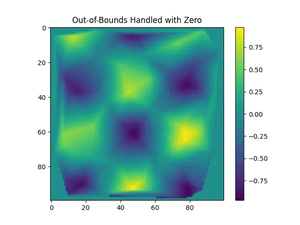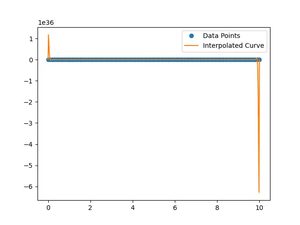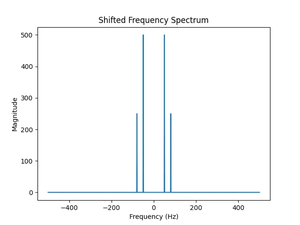In the realm of linear algebra operations, the determination of a matrix’s determinant is a fundamental task that carries significant implications in various applications, including systems of linear equations, matrix theory, and more. Python’s SciPy library simplifies these operations through its comprehensive suite of algorithms and functions, among which linalg.det() stands out for calculating the determinant of a square matrix. This article embarks on a journey to explore the capabilities of the linalg.det() function through three progressively advanced examples.
Understanding linalg.det()
Before diving into examples, let’s lay the groundwork by understanding the linalg.det() function. Belonging to SciPy’s linear algebra module (linalg), this function calculates the determinant of a square matrix. The determinant can be thought of as a scalar value that provides insights into the properties of the matrix, such as whether it’s invertible or the volume scaling factor of the linear transformation it represents.
Prerequisites
- Python installation (3.x recommended)
- SciPy library installed (use
pip install scipy)
Example 1: Basic Usage
Initially, let’s start with the very basics by calculating the determinant of a simple 2×2 matrix.
import numpy as np
from scipy import linalg
# Defining a 2x2 matrix
A = np.array([[4, 7], [2, 6]])
# Calculating the determinant
det_A = linalg.det(A)
print(f"The determinant of A is: {det_A}")
Output:
The determinant of A is: 9.999999999999998This output indicates that the matrix is invertible as the determinant is not zero, and it gives a glimpse into the matrix’s scaling factor for transformations.
Example 2: Handling Complex Matrices
Next, we’ll explore how linalg.det() handles complex square matrices.
import numpy as np
from scipy import linalg
# Defining a complex 2x2 matrix
A = np.array([[2+3j, 4], [5, 6-2j]])
# Calculating the determinant
det_A = linalg.det(A)
print(f"The determinant of the complex matrix A is: {det_A}")
Output:
The determinant of the complex matrix A is: (-2.0000000000000018+14j)This complex determinant suggests our matrix transformation involves scaling and rotation in complex space, showcasing linalg.det()‘s versatility.
Example 3: Larger Matrices and Performance Considerations
For our final example, let’s tackle a larger 4×4 matrix, demonstrating linalg.det()‘s efficiency and scalability.
import numpy as np
from scipy import linalg
# Defining a 4x4 matrix
A = np.array([[1, 2, 3, 4], [5, 6, 7, 8], [9, 10, 11, 12], [13, 14, 15, 16]])
# Calculating the determinant
det_A = linalg.det(A)
print(f"The determinant of the 4x4 matrix A is: {det_A}")
Output:
The determinant of the 4x4 matrix A is: 0.0
This zero determinant informs us that the matrix is singular, meaning it does not have an inverse. This example also demonstrates the importance of determinant calculations in assessing matrix properties.
Conclusion
The linalg.det() function in SciPy offers a powerful yet simple way to calculate determinants of square matrices, ranging from basic 2×2 matrices to complex and larger-sized matrices. Understanding how to leverage this function can significantly aid in applications requiring linear algebra computations. To cultivate a deep comprehension and proficiency, one should experiment with varying matrices and delve into other functionalities SciPy’s linalg module offers.











